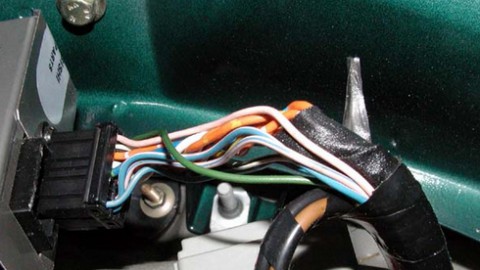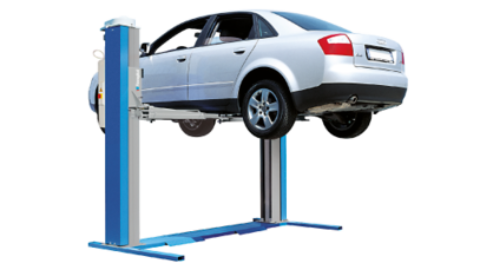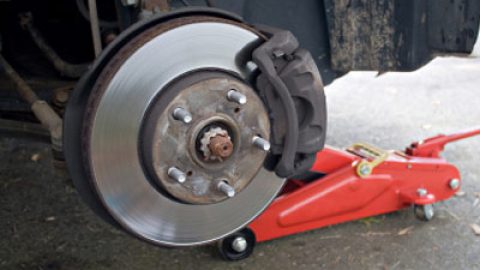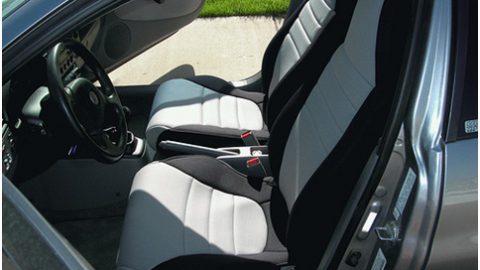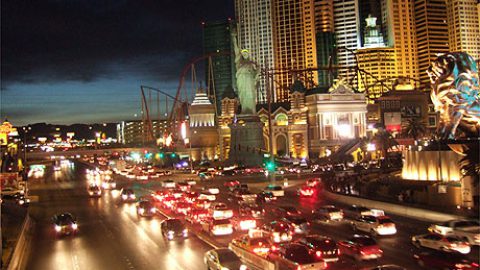Ahh, that new car smell! What you may not realize is that the unique aroma is often made up of toxic fumes that could make you ill. Cars may be greener these days when it comes to mileage, but not all of them are green inside.
Chemicals in New Cars: Can They Harm You?
Related Articles


